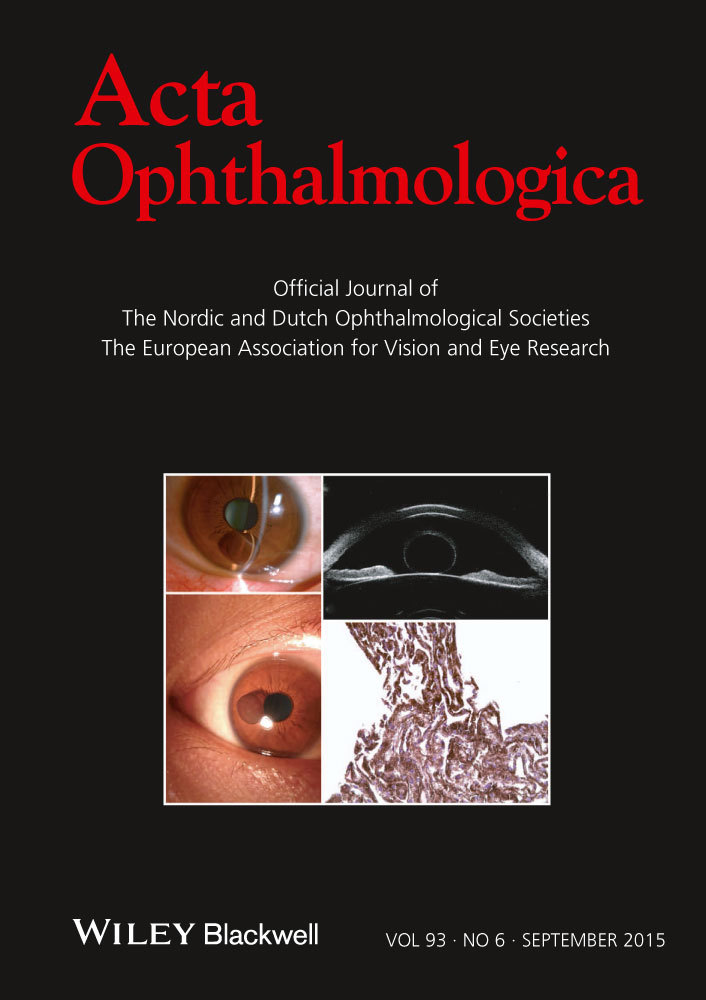Ranibizumab in the treatment of choroidal neovascularization associated with morning glory syndrome
Morning glory syndrome (MGS) is a congenital dysplasia characterized by anestesia of the posterior pole involving the optic disc (Kindler 1970). Retinal detachment is common in MGS and is ascribed to abnormal communication between the subretinal and subarachnoid or vitreous compartments (Cennamo et al. 2010). Indeed, choroidal neovascularization (CNV) is a rare complication in this disease. Here, we report, a case of juxtapapillary choroidal neovascularization in MGS treated with intravitreal ranibizumab.
A 63-year-old white woman presented with a 4-week history of decreased vision in her left eye. Best-corrected visual acuity (BCVA) was 0 logMar in the right eye and 0.7 logMar in the left eye. The anterior segment examination was normal in both eyes. Fundus examination was normal in the right eye and revealed MGS with subretinal haemorrhage adjacent to the optic disc, suggesting CNV in the left eye (Fig. 1A). Fluorescein angiography and indocyanine green angiography confirmed the CNV (Fig. 1B,C). Spectral-domain optical coherence tomography (SD-OCT) (RTVue-100 Optovue Inc, Fremont, CA, USA) showed a hyper-reflective mass in the subretinal space associated with a neurosensory detachment (Fig. 1E). It also revealed an abnormal communication between the subarachnoid space and the vitreous space (Fig. 1F). Standardized echography showed excavation of the posterior pole and a normal optic nerve (Fig. 1D).

After obtaining informed consent, we administered three monthly intravitreal injections of ranibizumab in the left eye. After 4 months, BCVA improved to 0.1 logMar. Fundus examination revealed resolution of the subretinal haemorrhage (Fig. 1G). Fluorescein angiography and indocyanine green angiography showed total regression of the CNV (Fig. 1H,I). The SD-OCT did not reveal subretinal fluid (Fig. 1J). These findings remained unchanged during the 24-month follow-up.
To our knowledge, this is the first report to show efficacy of ranibizumab in the treatment of juxtapapillary CNV in MGS. Choroidal neovascularization is a rare complication in eyes with MGS. Two cases of subretinal neovascular membranes associated with MGS have been described (Sobol et al. 1990; Chuman et al. 1996), and in only one of these cases was it adjacent to the optic disc.
This case report suggests that CNV in eyes affected by MGS may result from hemodynamic or mechanical changes at the border of the staphyloma as occurs in tilted disc syndrome (Arias & Monés 2010).




